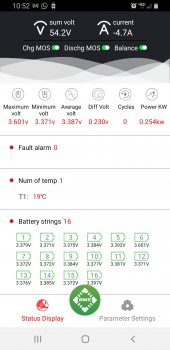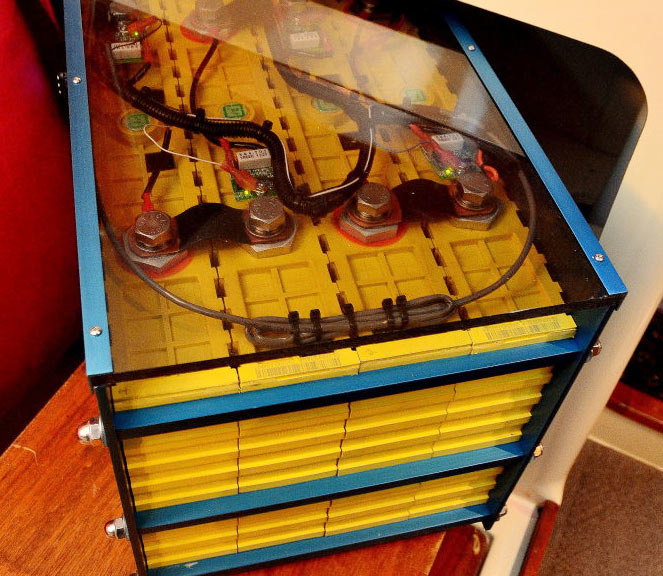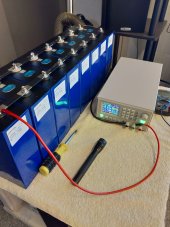ArthurEld
Solar Wizard
The reason I asked about the absorb was because your cells settled so far the first time. But you probably also had a bad connection on one cell.Hi, surely I was a bit hesitant after well over a week of charing, I had the charge voltage little too high and I was measuring the charging voltage, not the internal voltage of the battery. so the batteries were 90% full. So absorbed slowly the up to 3.600V, and followed the one battery that was behind every now and then. The battery did catch up with the others.
So after charging them up to 3.000V they are now settled all 3.573V equal over the 8 cells. I'm happy, and can now start building my 560Ah 12V battery with REC-BMS and Victron chargers.
Hopefully you cleaned the connections on that cell.
When there is a bad connection it takes forever to charge because the energy can't get through.
Last edited:








